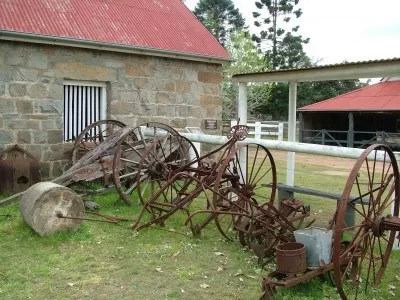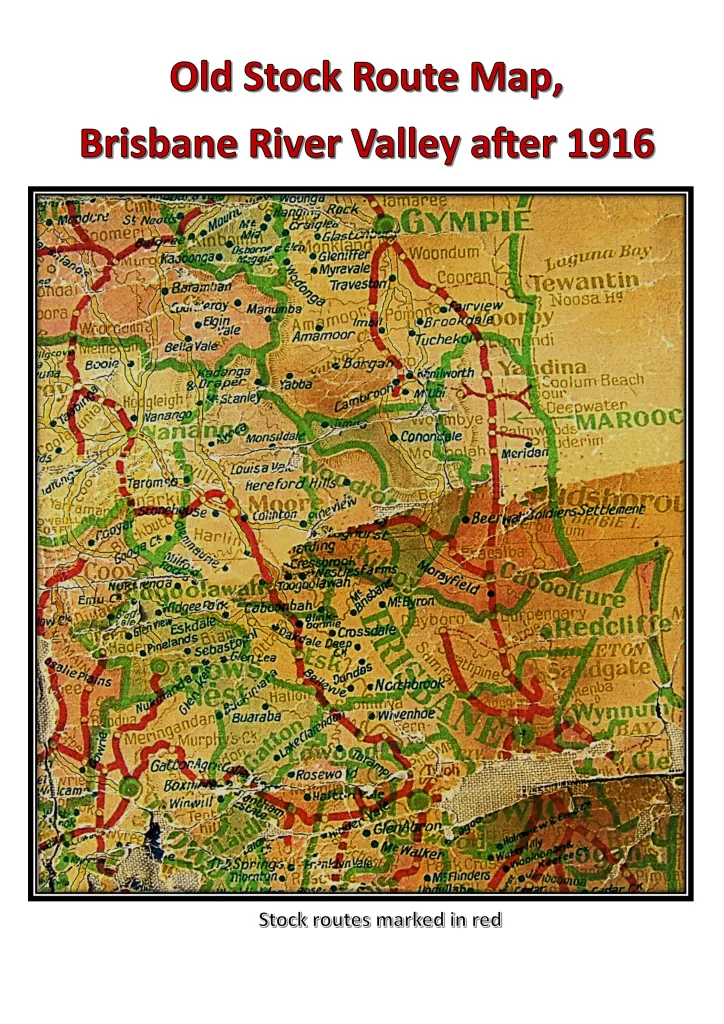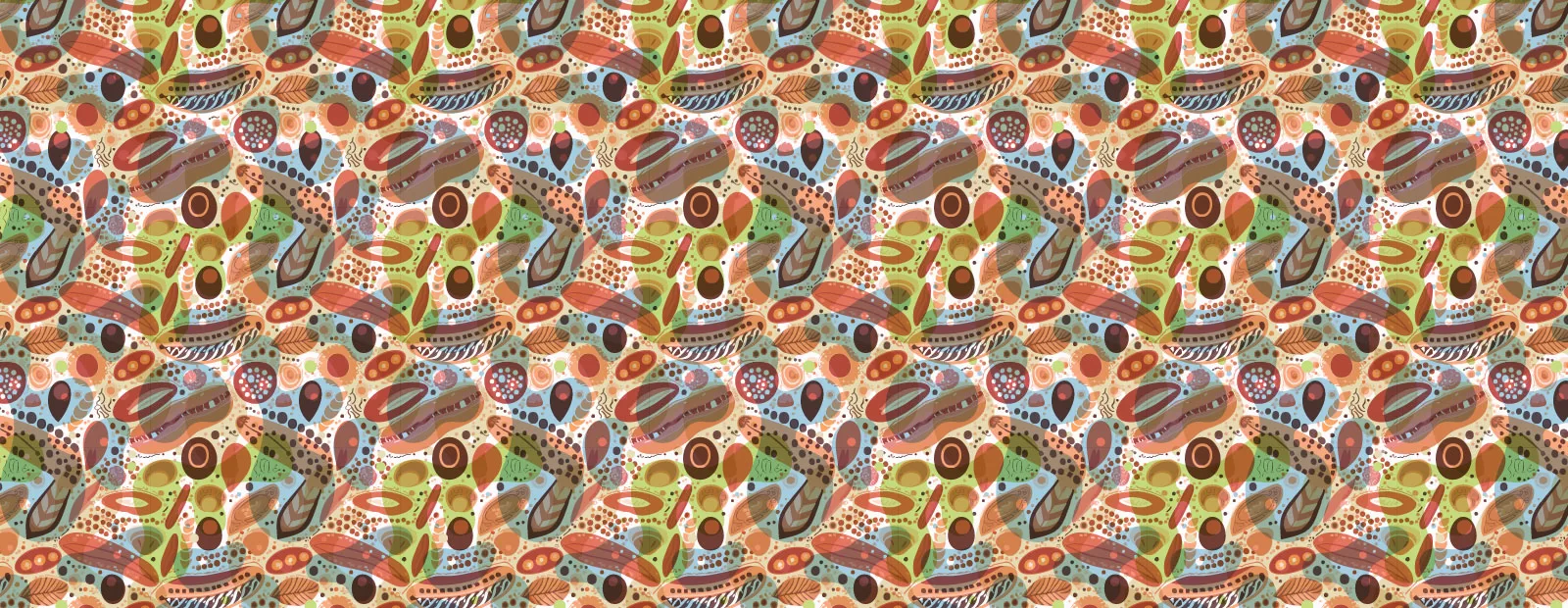The Stock Routes through the Brisbane Valley to the fattening yards at Toowong, and on to the sale yards at Newmarket have been recorded in a song. It has been called variously “The Ladies of Brisbane”, “Brisbane Ladies”, “Augathella Station”, “The Old Cattle Station”, “Overlanders”, “The Girls of Toowong” and “The New Chum’s First Trip” as it was adapted to local conditions.
In its original printed form, the song appeared as “The Drover” in the Boomerang on 28 February 1891. It was written by Saul Mendelsohn who had worked at Esk and Nanango where he wrote the song. The original version describes the old stock route to the sale yards and back to Nanango via Kilcoy and the Brisbane Valley in some detail:
The first camp we make is called the Quart-pot
Caboolture and Kilcoy, then Colinton hut;
We pull up at Stonehouse, Bob Williams’ paddock,
And early next morning we cross the Blackbutt.
On, on! past Taromeo to Yarraman Creek, boys
It’s there where we’ll make the first camp for the day,
Where the water and grass are both plenty and good, boys,
The life of a drover is merry and gay.
Then it’s right through Nanango, that jolly old township
“Good day to you lads” with a hearty shake hands;
“Come on, this is my shout!” “Well, here’s to our next trip,
And we hope you’ll be back, boys tonight to our dance.
There are less flattering versions of this stanza about Nanango and there are also the inevitable bawdy renditions of the song that are probably only a slight exaggeration on the social customs of the day. An analysis of the origins of this folk song has been provided by the late George Groves, Nanango in a publication, “Saul Mendelsohn and the Ladies of Brisbane” that is available at the Nanango Visitor Information Centre.
The first stop after Kilcoy was the Colinton Hut that has been relocated from Colinton Station to Ringsfield House, Nanango and visitors are welcome to view this building at any time. The next stop was Stonehouse where stock could be left in William’s paddock. This building is no longer owned by the Williams family but it is still in private hands.

Stonehouse is not open to the public but it can be seen from the D’Aguilar Highway beyond the township of Moore. The old route over the Blackbutt Range now boasts a sealed two lane highway, but walkers, riders and cyclists can follow the Brisbane Valley Rail Trail between Moore and Yarraman across country the drovers knew well.
Taromeo station was an important stop on the stock route to Nanango although the main highway has now diverted away from this resting place for drovers and coaches. Taromeo is also in private hands and not open to the public. It has a long and proud history and a unique stone walled cemetery built for the Scott family by the Williams family that built Stonehouse.
The township of Yarraman has developed on Yarraman Creek that was the last stop for the drovers before Nanango. Yarraman Creek was once the dinner camp for the stockmen of the neighbouring Cooyar and Taromeo Stations, where they met to separate the cattle from the two unfenced properties before taking them to Noora yards. It has only been called Yarraman since 1932. There is the museum there (Yarraman Heritage Centre) with local historical displays available for public viewing.
The last stop for the drovers on the way home was Nanango which was the principal town of the Nanango Shire. From Nanango there were five stock routes to the Downs and the South Burnett, and in its heyday it was one of the busiest cattle centres in the state. The drovers would have been well entertained at Goode’s Inn before it was demolished and became the playground of a local school. From Nanango the drovers would return to the daily grind of the ‘old cattle station’, and wait for the excitement of the next trip to Newmarket. The Nanango Visitor Information Centre has an excellent library of historical resources and other local heritage publications in the same vein as “Saul Mendelsohn and the Ladies of Brisbane” that served as the basis for this description of the stock route through the Brisbane Valley.
By and large the coach routes and the earliest surveyed roads in the Brisbane Valley followed these proven Stock routes, moving from homestead to homestead to saleyards and back again. The mud map of the mail coach route past Stonehouse in the 1880s deviates very little from Surveyor Stringfellow’s “road” between Ipswich and Nanango surveyed and mapped in 1872. And his handwritten notes for this venture indicate his use of local knowledge in this survey. It was the drover’s way AND the highway in those days until the rail line changed the concept of transportation (if you will excuse the pun) in the Brisbane Valley forever.


